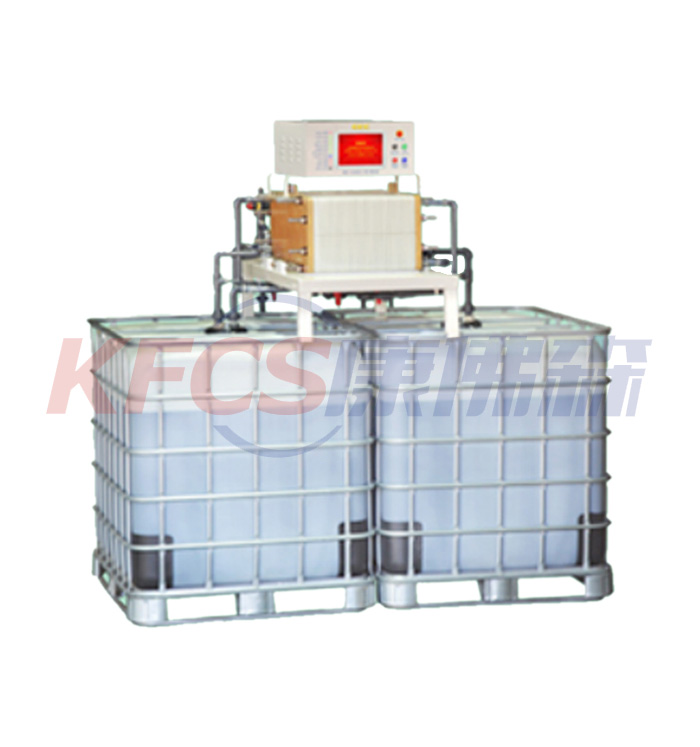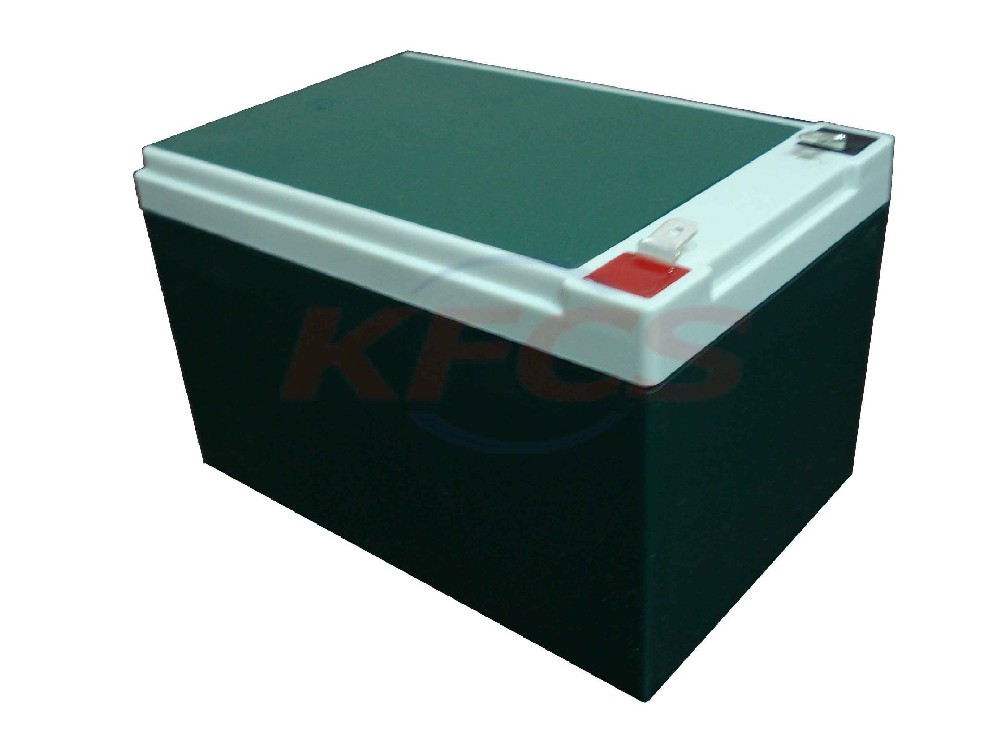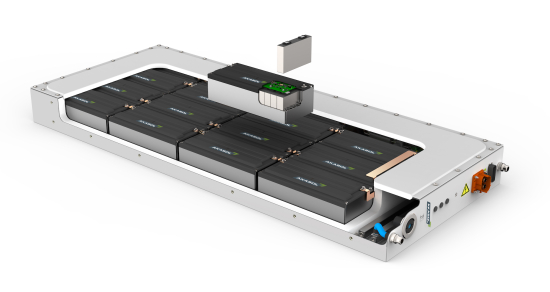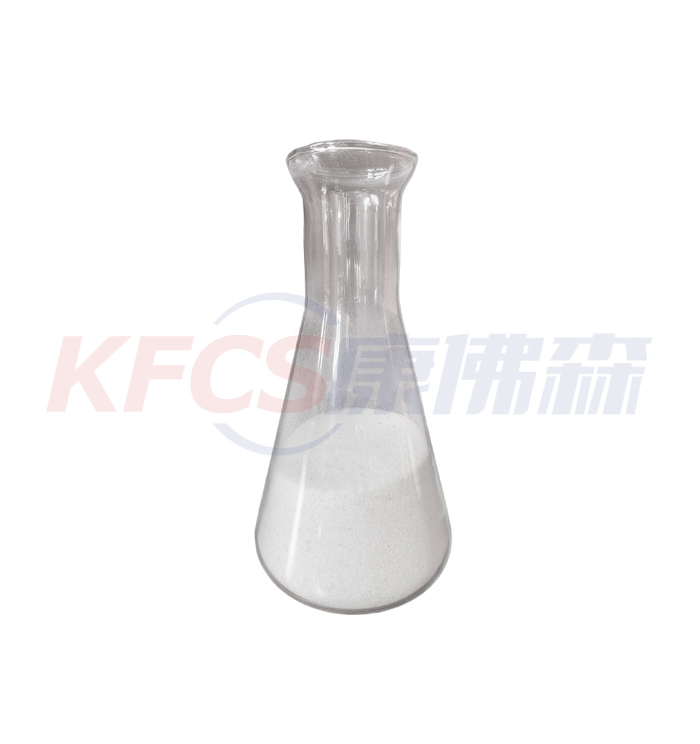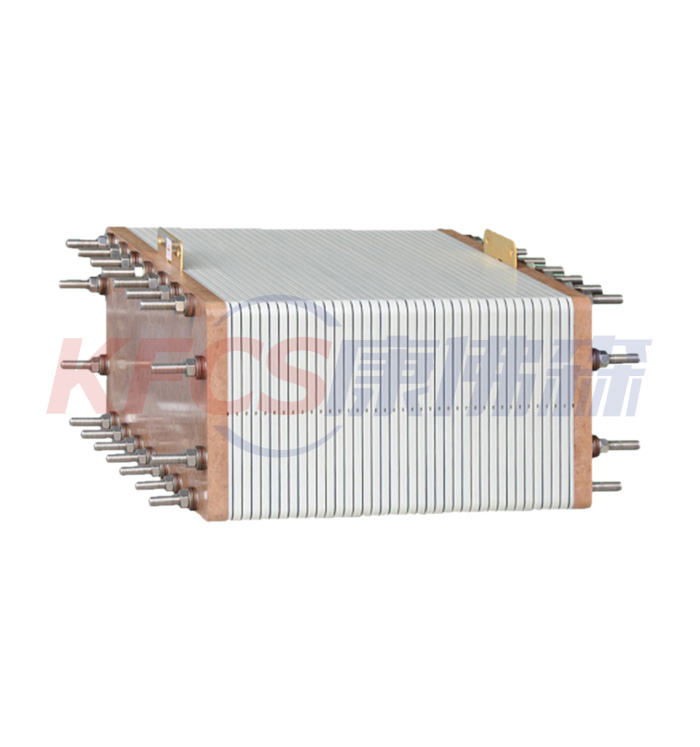The basic principle of all-vanadium redox flow battery
2022-01-12
In the all-vanadium redox flow battery system, vanadyl sulfate in sulfuric acid solution acts as the initial electrolyte on both sides. The same elements in different oxidation states can be interconverted at the electrodes. Figure 4 shows the basic schematic of the VRFB.
At the positive electrode, the V(IV)/V(V) redox pairs are typically VO 2 + and VO 2 -:
VO2++H2○-e-→VO2++2H+ charge
VO2++2H++e-→VO2++H2○ release
E 0 = + 1.00 V with SHE
At the negative electrode, the V(II)/V(III) redox couple is either the vanadium(II) ion or the vanadium(III) ion:
five 3++e-→five 2+ charges and five 2+-e-→five 3+release
E 0 = − 0.26 V with SHE
The standard open circuit potential of the all-vanadium system is 1.26 V, but the actual open circuit potential depends on the operating temperature, active species concentration and state of charge. For example, for a fully charged battery with 2 M active species, the open circuit potential is 1.6 V. Sulfuric acid is usually used as the supporting electrolyte, and hydrogen ions pass through the membrane to maintain the current.
Due to the relatively fast kinetics and high reversibility of these two vanadium redox reactions, high Coulombic and voltage efficiencies can be expected at large current densities. VRFB can be overcharged and overdischarged within the limits of electrolyte capacity, and it also eliminates gassing problems during fast charge cycles. Due to these important properties, the performance of VRFBs has improved significantly over nearly 30 years.
About News
- New Vanadium Redox Battery may be developed
- Redox flow battery (RFB) is a rechargeable electrochemical device
- World's largest lithium-vanadium hybrid energy storage system starts up at Oxford Energy Centre
- Megawatt vanadium battery system
- 2.5kW vanadium battery
- Industrial chain of power battery recycling
- Types of Recycling Lithium-Ion Batteries
- Energy storage operation and maintenance solutions
- Korean liquefied petroleum gas company enters the rapid charging market of all vanadium flow battery
- What is a vanadium battery?
Products




